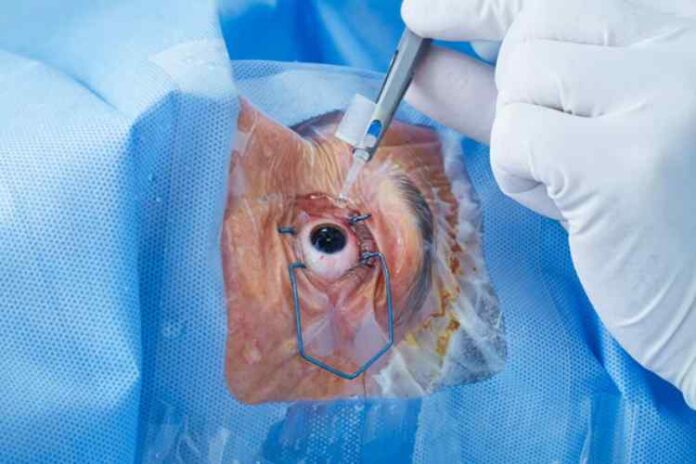Cataract surgery, a time-honoured and frequently performed surgical procedure, stands as a testament to medical progress. Its primary objective is the extraction of the eye’s clouded natural lens, subsequently replaced with an artificial intraocular lens (IOL) designed to reinstate clear vision. Over the years, cataract surgery has evolved, benefiting from technological advancements that have made it safer and more effective than ever before. In this article, we delve into the realm of cataract treatment in Singapore, exploring the pre-and post-surgery expectations, and elucidating the reasons behind considering cataract surgery as a viable option for individuals grappling with cloudy or blurred vision due to this ocular condition.
Cataract surgery, a surgical intervention tailored for cataract treatment, entails the removal of the clouded lens in the eye, paving the way for the insertion of a clear artificial lens, known as an intraocular lens (IOL). Cataracts, characterized by the opacification of the eye’s lens, give rise to various visual impairments, including blurry vision, diminished night vision, glare, and other visual disturbances. In severe cases, cataracts can even lead to blindness if left unaddressed. By replacing the affected lens with an artificial one, cataract surgery aims to reinstate clear vision and alleviate the burden of visual impairment.
The surgical procedure commences with the application of numbing drops to ensure the utmost comfort for patients throughout the process. Subsequently, a minuscule incision is made in the cornea, granting the surgeon access to the natural lens, which is then skillfully removed using either ultrasound energy or laser technology. The insertion of the new IOL ensues, paving the way for restored clarity of vision without the need for corrective eyewear such as glasses or contact lenses. The success rate of cataract surgery is remarkably high, with over 95% of patients experiencing improved vision following the procedure. Most individuals can resume their daily activities within a few days after completing the operation. However, it is important for patients to adhere to the post-surgical guidelines provided by their healthcare professionals.
Cataracts can stem from a variety of factors, affecting a substantial number of individuals
worldwide. Age-related changes in the eye constitute one of the primary causes of cataracts in adults aged 40 and above. These changes manifest when proteins within the eye’s lens begin to aggregate, resulting in a cloudy appearance that obstructs the passage of light, consequently leading to blurred vision. Furthermore, certain medications, such as steroids, can heighten the risk of developing cataracts, while prolonged exposure to ultraviolet (UV) radiation from the sun can also contribute to the condition’s development over time. Genetic factors may also play a role, as inherited diseases like diabetes or Down Syndrome can instigate premature lens clouding during childhood or infancy. Additionally, trauma induced by blunt force injuries, such as those sustained in car accidents, maybe a potential cause of cataracts.
Recognizing the symptoms associated with cataracts is pivotal for early diagnosis and prompt intervention. Cataracts typically manifest gradually over time and are often devoid of pain. However, if left untreated, they can culminate in significant vision loss. Blurred vision or difficulty seeing clearly, particularly at night, serves as the most prevalent symptom of cataracts. Individuals may also experience glare from headlights or bright lights, double vision, faded colours, halos around lights, and difficulties reading small print or recognizing faces from a distance. Timely diagnosis is essential for successful cataract treatment, as the condition tends to progress if left unaddressed. If any changes in vision are noted, it is imperative to seek a comprehensive eye examination from an ophthalmologist promptly.


